Road trip 101
Why should I take a road trip?
No matter your destination or itinerary, a road trip is often the most flexible and enjoyable way to travel. It’s when, eyes wide open, you can fully embrace the unexpected and write your own adventure.
You can leave for a few days or a few months, rent a car, buy your own camper van, hitchhike or just hop on a bus or a train. You can travel alone, with a loved one, with a friend or a bunch of them. You can have specific stops in mind or be open to anything interesting along the way.
You can stay in hotels, hostels, campgrounds or crash on someone’s couch (read “Book a place for your first few days” for a list of options). You can even add interesting volunteer work experiences to your road trip—read “Volunteering with WWOOF, HelpX and Workaway.”
There’s no list of ingredients to create the perfect road trip because it’s mostly a state of mind. The key is to focus on the journey as much as on the destination(s) and go with the flow. You’re not going from point A to point B on a tight schedule—you’re wandering around, sometimes aiming for famous attractions, sometimes going completely off the beaten track to look for a gem only you will appreciate.
Expect stunning scenery, quiet moments alone, exciting social interactions with strangers, plenty of time for introspection, kilometres of awe and the satisfying feeling of becoming a better version of yourself.
Road trips are awesome. Don’t be scared, plan one… or two, they’re kind of addictive.
One last tip—make yourself a playlist. Years from now, whenever one of the songs will play, you’ll still picture yourself exploring North America.
Practical road trip tips
Make sure you have permission to park overnight. Some Walmart or other big-box store parking lots (Home Depot…) will welcome your vehicle but it varies.
On the map, point A can look very close to point B but remember that on the scale of Canada or the US, they can be a ten-hour drive apart. Pick a region, don’t plan to see too much. It would be very frustrating to spend your time driving and stressing out about your schedule—the point is to go with the flow, no pressure! It’s best to leave time for detours and hidden gems and keep the rest of your dream destinations for another road trip.
Don’t drive above the speed limit (and remember it’s in kilometres in Canada but miles in the US). First of all, it’s common sense, second you probably don’t want to deal with local police, third speeding tickets are pretty shitty souvenirs.
Invest in a good regional map (you can usually buy them at supermarkets or gas stations).
Unless you have a camper van, a large part of your budget will be spent on accommodation. Campgrounds are usually the cheapest option, around $25/night in Canadian National Parks. Don’t just set up your tent anywhere, camping isn’t authorized in many places. Watch for bears—for real!
If you’re travelling in a camper van or with a car as a camper, invest in a camp stove and make a list of camping food ideas. Anyone can get sick of s’mores pretty fast and you probably don’t want to waste your travel budget on lukewarm burgers from the nearest fast food joint.
Take weather conditions seriously in Canada. Unless you’re used to extreme winter weather, don’t plan a road trip to Yukon in the middle of winter even if you bought the warmest sleeping bag. Design your itinerary based on the season and expected temperatures. Remember that some roads don’t have all-season access and are closed for a good chunk of the year.
It goes without saying that you should budget for gas. It’s typically cheaper in the United States (in gallons) and in Canada (in litres) than in many parts of the world but gas prices often change daily and many factors affect the total you pay at the pump—global market price, different provincial or state taxes, competition, supply and demand (expect to pay more before national holidays), higher transportation costs to remote regions, etc.
Personal hygiene can be a bit tricky when you’re on the road. Be creative and flexible! Shower in campgrounds, use wipes, set up your own portable shower… Most cities have coin-operated laundry services.
Make sure to hide your valuables (documents, electronics) and don’t leave them in your vehicle or in your tent.
If you cross the Canada-United States border by land, expect delays and make sure you have all the necessary documents.
Finally, don’t stress! Enjoy your adventure—North America is the perfect place for rewarding road trips.
















 Français
Français English
English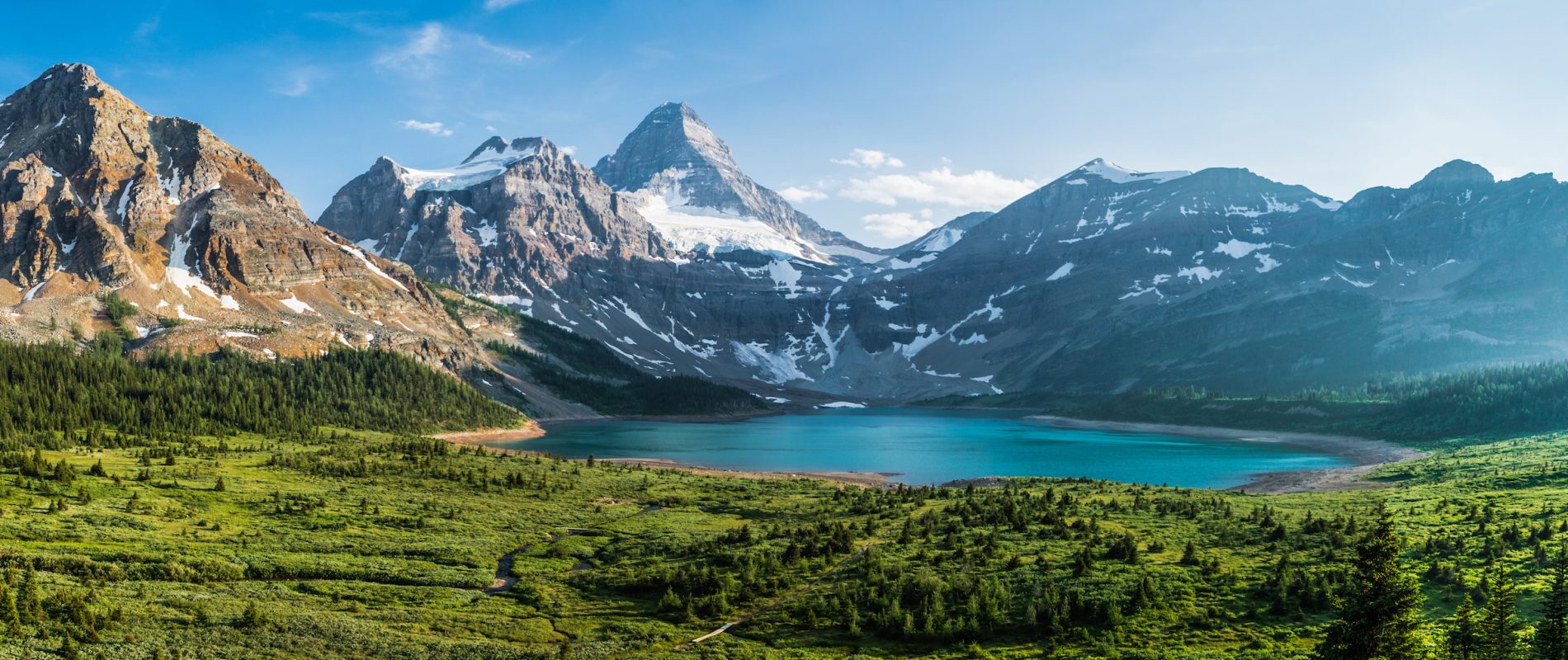
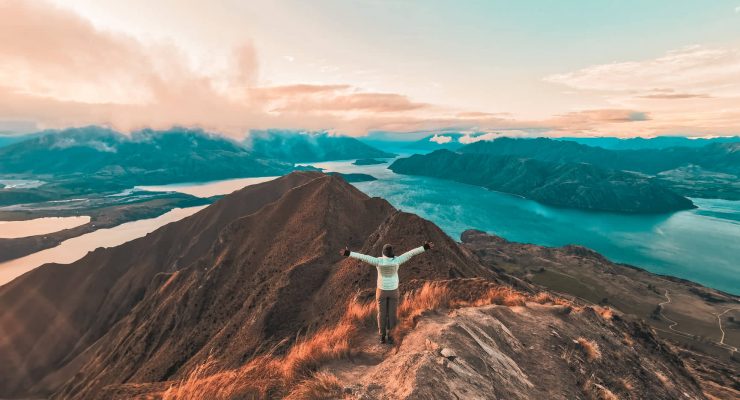
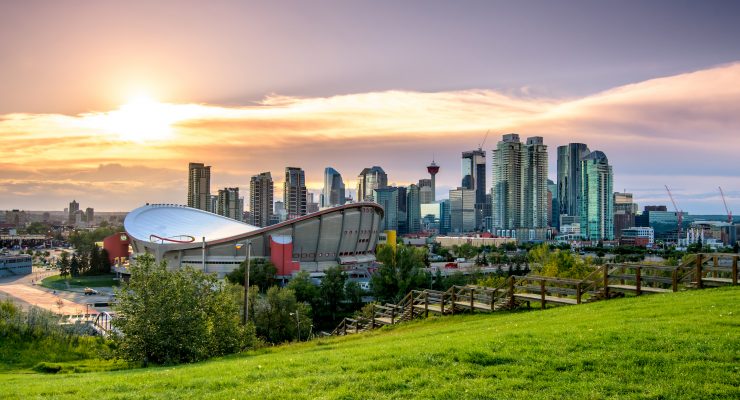
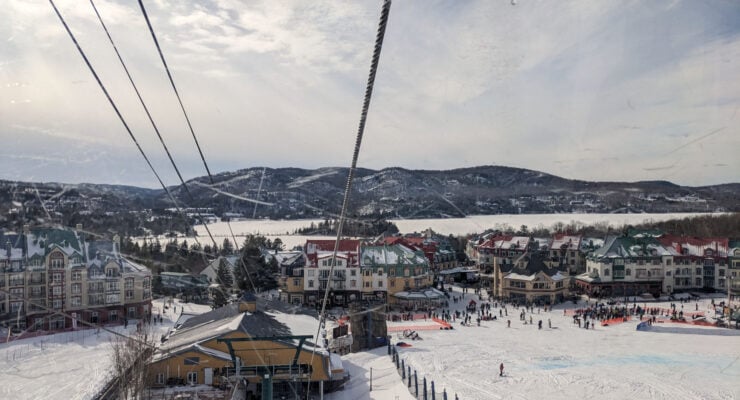
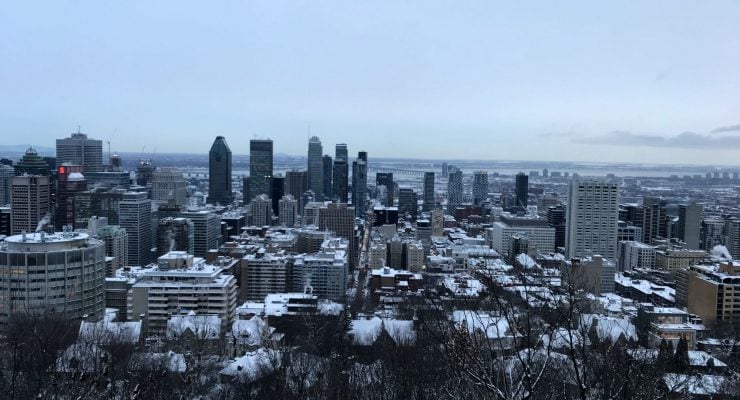
0 comments
{{like.username}}
Loading...
Load more